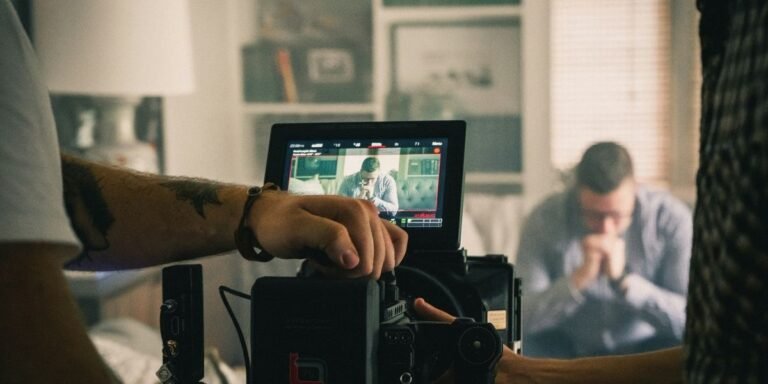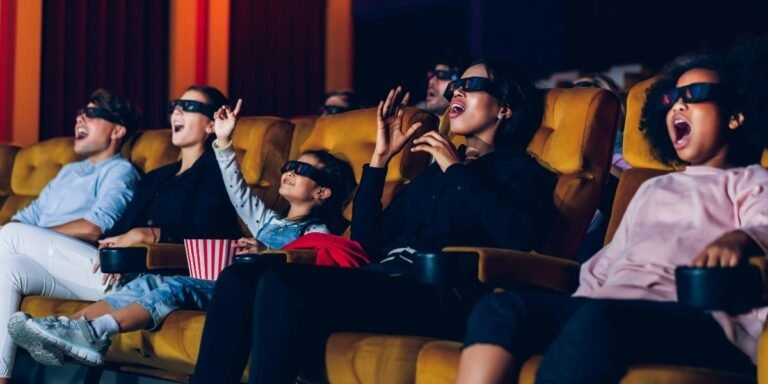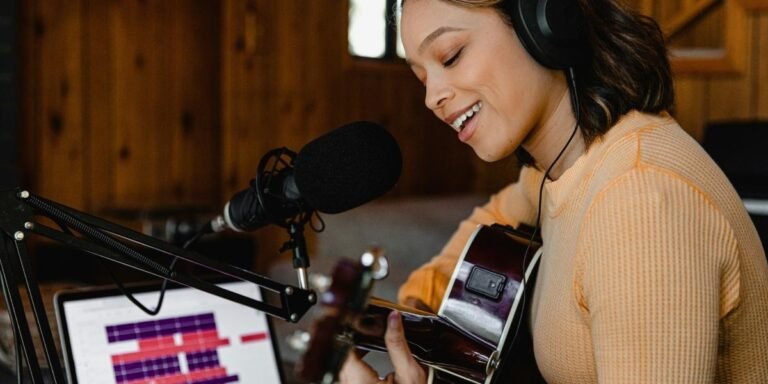
Rosalía’s New Album LUX Breaks First Day Streaming Record
How LUX Reached A Major Streaming Milestone Rosalía launched her new album, LUX, on November 7, and it immediately made an impact. The project reached 42.1 million first-day Spotify streams. Music Business Worldwide confirmed the figure and wrote that it set a new record for a Spanish-language female artist. The reporting from Music Business Worldwide pointed out that she passed the previous mark held by Karol G. This performance shows how much global attention LUX received on the first day. Fans responded to the mix of orchestral arrangements, experimental sound choices and the familiar flamenco-based rhythm that Rosalía has used throughout her career. Her approach created curiosity before the release. That curiosity turned into millions of streams once the album arrived. Interest also came from how she presented the album leading up to release week. Rosalía shared short previews on social media and teased creative visuals. Those clips helped build momentum. Once people pressed play, the numbers climbed at a pace that surprised even longtime fans. The success drew coverage from several major outlets and set the tone for broader conversations about Spanish-language pop and its expanding reach. Why The Musical Direction Of LUX Stands Out One reason listeners paid attention is





























